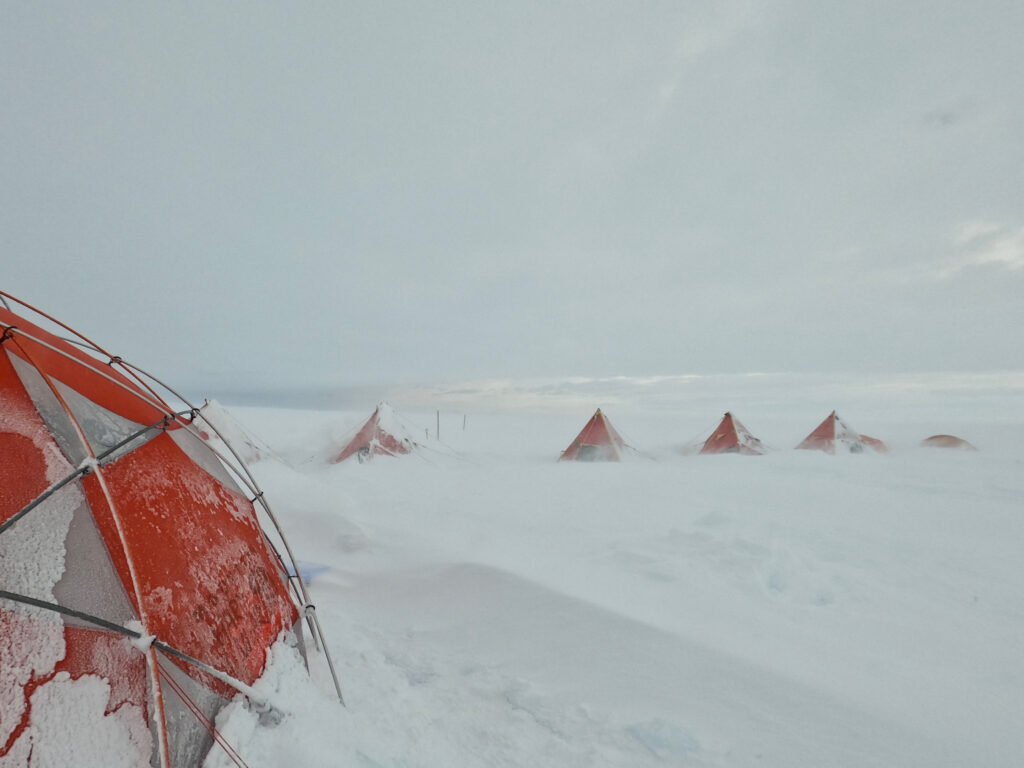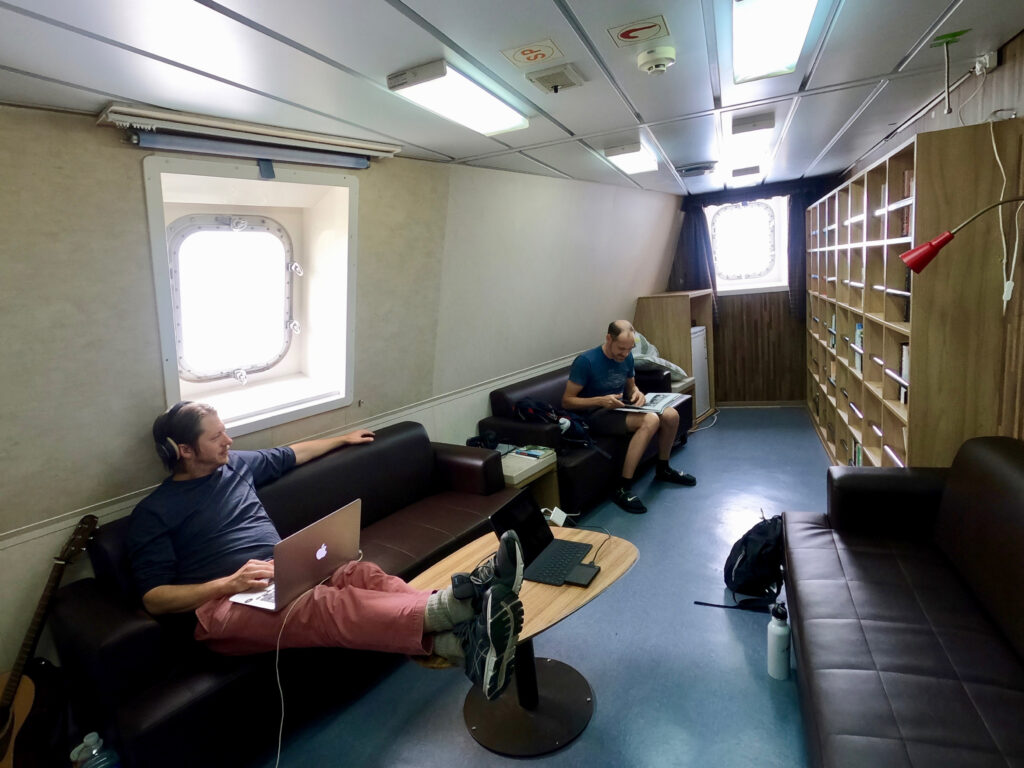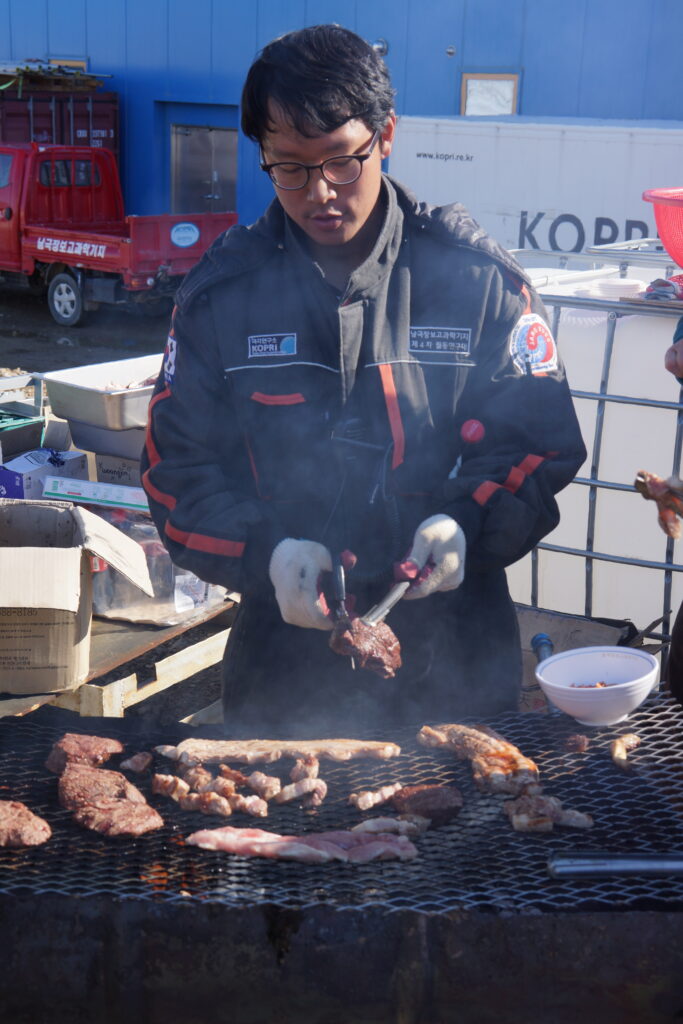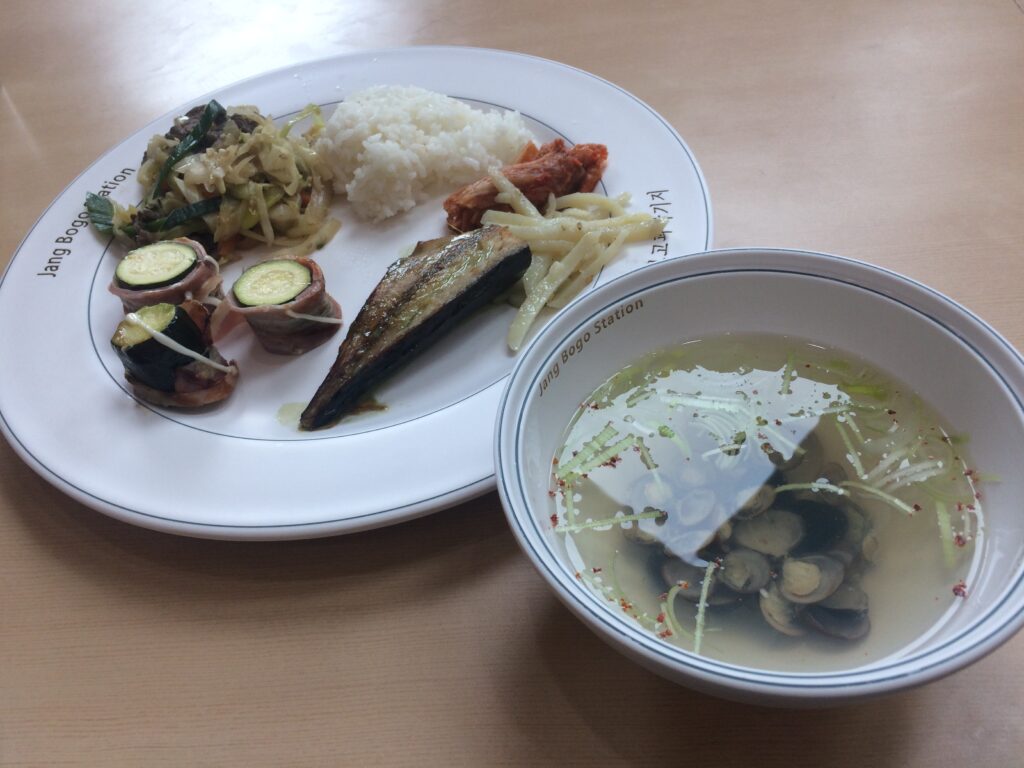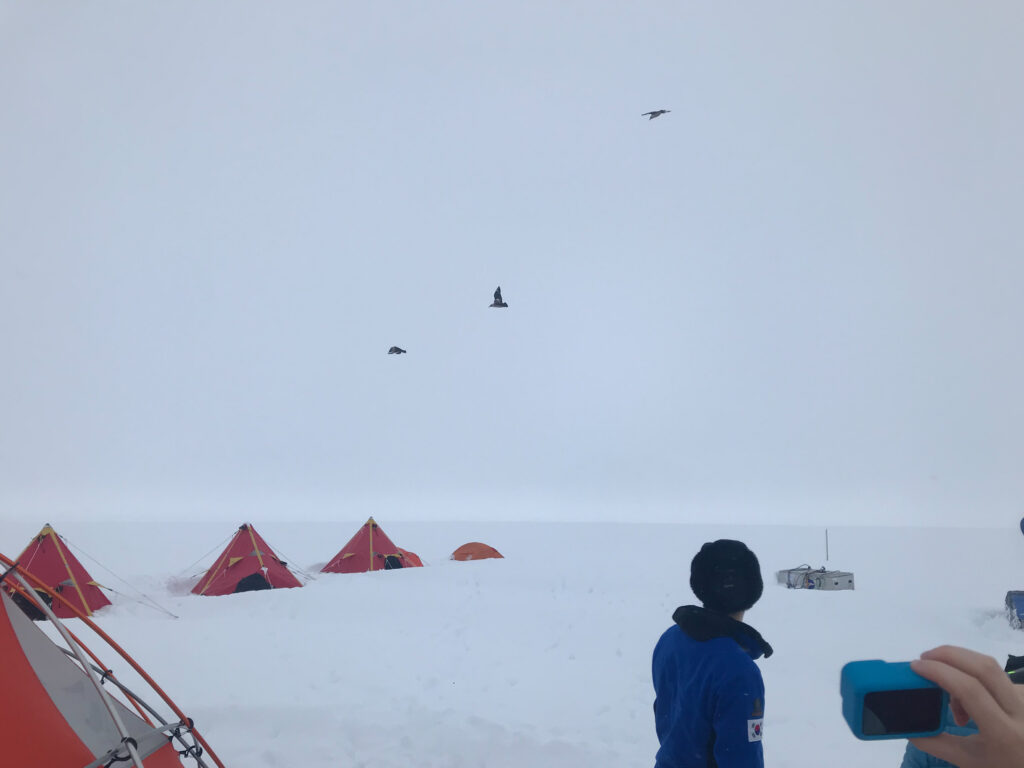By Dillon Buhl
Dillon Buhl is a UTIG polar research engineering associate with four Antarctic research expeditions under his belt. His latest trip to investigate a massive melting glacier in West Antarctica, ended not long before social distancing measures began in the U.S. Here, he compares his experiences in the field with quarantine.
I’ve been thinking lately about how the isolation during this period of social distancing compares to what we experience during the weeks and months in the field.

In a field camp, the confinement is obviously more extreme. You can’t walk to the park or go out to a restaurant, because they’re not there. There’s pretty much only snow and ice.
On any long field expedition, however, you’re always surrounded by people with fascinating backgrounds. Away from the typical distractions of modern life, you can really get to know the lives and thoughts of those 40-or-so people.
Yes, self-isolation is worse
Isolated at home, it’s tough not having those in-person connections. Unlike a field expedition, the pandemic has no clear end date. Days seem to fly by but somehow the weeks drag on. The uncertainty about how we’re going to pull out of this period is stressful for everyone.
There’s much we can learn, however
Whether isolated in the field or at home, getting immediate, short term tasks done is easy enough. It’s the long term work that suffers. Big plans quickly evaporate and you always seem to get less done than you’d hoped.
I think acknowledging this frustration and setting realistic goals is the most important first step. Then you can find ways to chip away at the big tasks. Remember, it’s important to do what you can, without beating yourself up over what you can’t.
Strong teams and a good management system
Coordinating a team 9,000 miles away from the office mirrors some of the challenges many are facing now. Our team in the field deals with intermittent communications and quickly changing situations with a structured, decentralized management system. We assign separate groups of people to handle science, management, logistical, engineering, and data issues. The groups meet using a formalized process that lets us anticipate opportunities and solve problems in all these areas while we’re isolated. This means we are making good decisions as a team so that things don’t fall on any one individual’s shoulders.
Get into a structured cycle
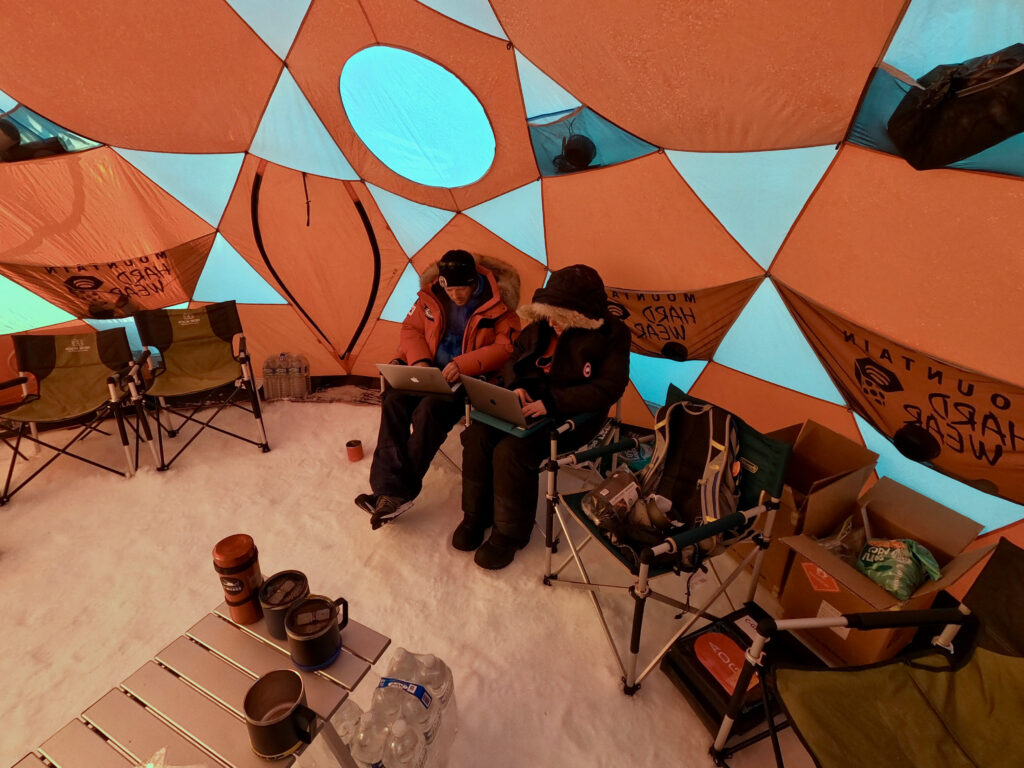
In Antarctica, days when we conduct survey operations, flight days, are by far the most satisfying. We have a tightly structured routine from meeting with the pilots early in the morning, to flying the survey, to securing and processing the flight’s data. On some projects we work around the clock in shifts and it can be exhausting. Too many long flight days in a row and I might secretly wish for a bad weather day to get a break, but the routine makes it much easier to stay motivated and accomplish what we’re down there to do.
Ah, food!
Food, of course, is very important for morale. Getting a new experience every day, I think, helps even more.
At the Antarctic stations where we are collaborating with international groups, the food can be very interesting. It’s a particularly neat aspect to experience another country’s food through the lens of what’s available and what can be created at an Antarctic base. My first Antarctic expedition was out of a Korean station where I remember the chef laughing as he described ingredients in a seafood soup that, let’s just say, we weren’t accustomed to, but the food was delicious and prepared with great care. He had served as the personal chef to the Korean ambassador to France, so he really knew his stuff. The Bibimbap and Korean-style BBQ certainly tasted better than any I’ve had from a restaurant, and we even had a small amount of fresh produce from an indoor hydroponic greenhouse.
For part of the season this year we were based in a field camp, which is really just a line of tents out on the ice. That left it down to our small international team to improvise and come up with our own ways to keep things interesting. Cooking in camp was actually a welcome change from the ship where all the meals are prepared by crew members, and it served to help pass the monotony of stormy days. We managed to improvise satisfying curries, pasta Bolognese and fried rice, but even pre-packaged chicken tenders tasted amazing out there in the cold.

The great outdoors
Believe it or not, the weather’s actually not always that bad in Antarctica, and the scenery along the coast is stunning. We see lots of penguins and seals, but the really fun one that everybody either loves or hate, is a bird called a skua. It’s a big, dirty brown looking gull that also happens to be extremely aggressive. They’ll dive bomb if they see you carrying food or hiking near where their nests are hidden in the rocks. They even paid us a visit in our camp this year, miles from the coast.
It can only go on for so long
Antarctic fieldwork is physically, mentally and emotionally demanding. Self-isolation is no different. But in facing the challenge there might also be opportunities to pull yourself out of your normal everyday life and notice something new about yourself or the world around you…

